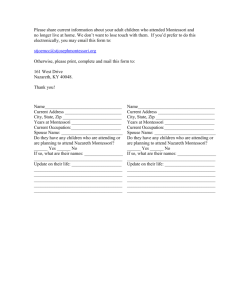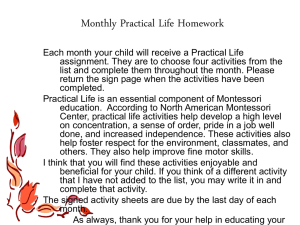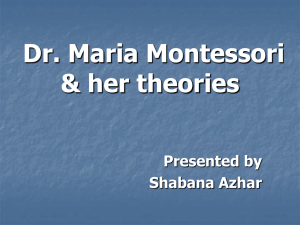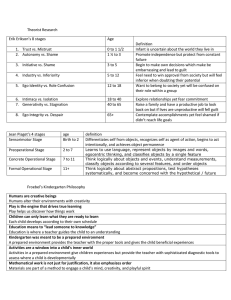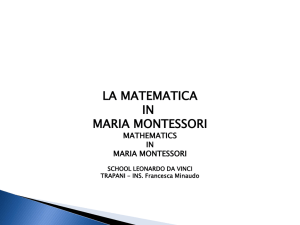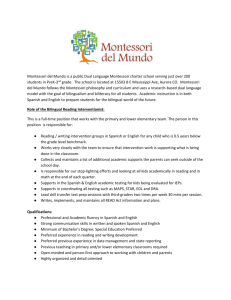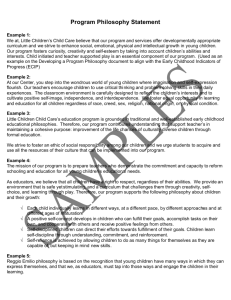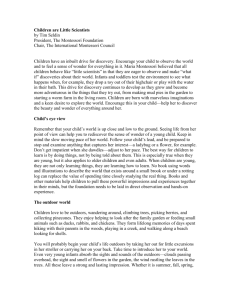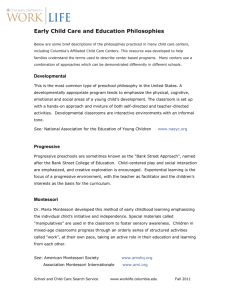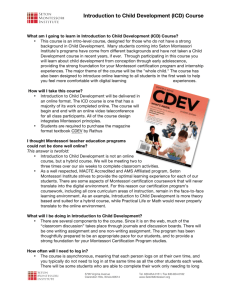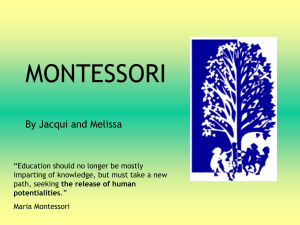References-Handout
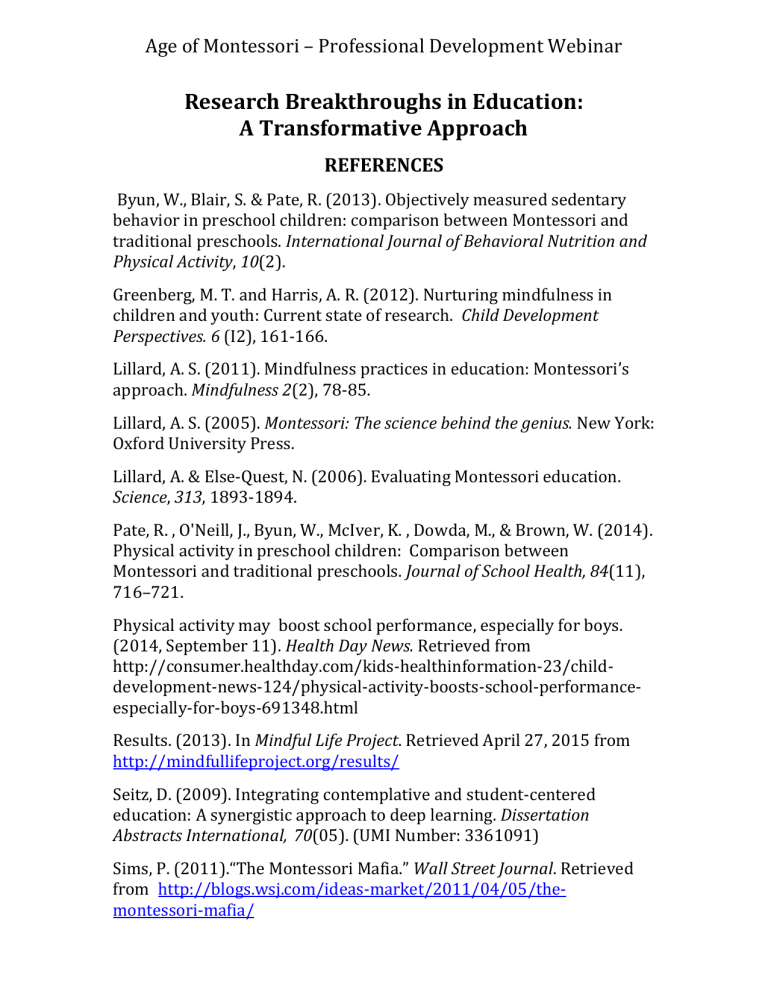
Age of Montessori – Professional Development Webinar
Research Breakthroughs in Education:
A Transformative Approach
REFERENCES
Byun, W., Blair, S. & Pate, R. (2013). Objectively measured sedentary behavior in preschool children: comparison between Montessori and traditional preschools. International Journal of Behavioral Nutrition and
Physical Activity, 10(2).
Greenberg, M. T. and Harris, A. R. (2012). Nurturing mindfulness in children and youth: Current state of research. Child Development
Perspectives. 6 (I2), 161-166.
Lillard, A. S. (2011). Mindfulness practices in education: Montessori’s approach. Mindfulness 2(2), 78-85.
Lillard, A. S. (2005). Montessori: The science behind the genius. New York:
Oxford University Press.
Lillard, A. & Else-Quest, N. (2006). Evaluating Montessori education.
Science, 313, 1893-1894.
Pate, R. , O'Neill, J., Byun, W., McIver, K. , Dowda, M., & Brown, W. (2014).
Physical activity in preschool children: Comparison between
Montessori and traditional preschools. Journal of School Health, 84(11),
716–721.
Physical activity may boost school performance, especially for boys.
(2014, September 11). Health Day News. Retrieved from http://consumer.healthday.com/kids-healthinformation-23/childdevelopment-news-124/physical-activity-boosts-school-performanceespecially-for-boys-691348.html
Results. (2013). In Mindful Life Project. Retrieved April 27, 2015 from http://mindfullifeproject.org/results/
Seitz, D. (2009). Integrating contemplative and student-centered education: A synergistic approach to deep learning. Dissertation
Abstracts International, 70(05). (UMI Number: 3361091)
Sims, P. (2011).“The Montessori Mafia.” Wall Street Journal. Retrieved from http://blogs.wsj.com/ideas-market/2011/04/05/themontessori-mafia/
